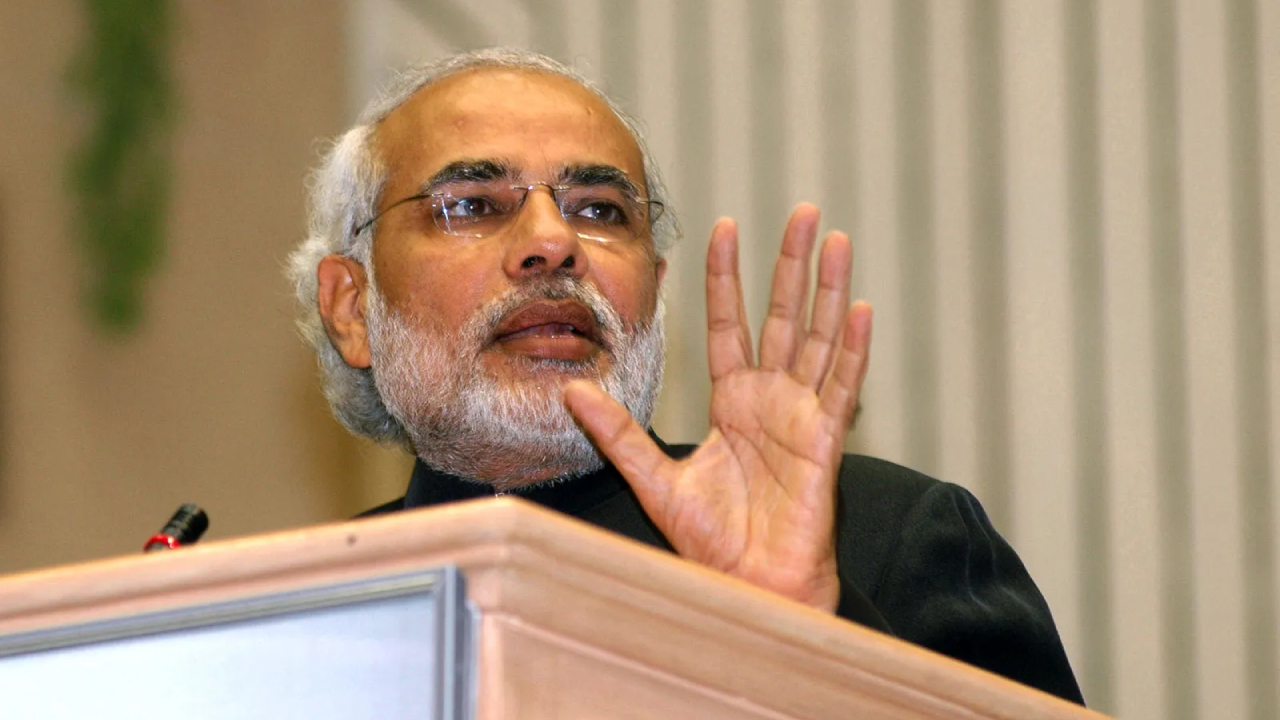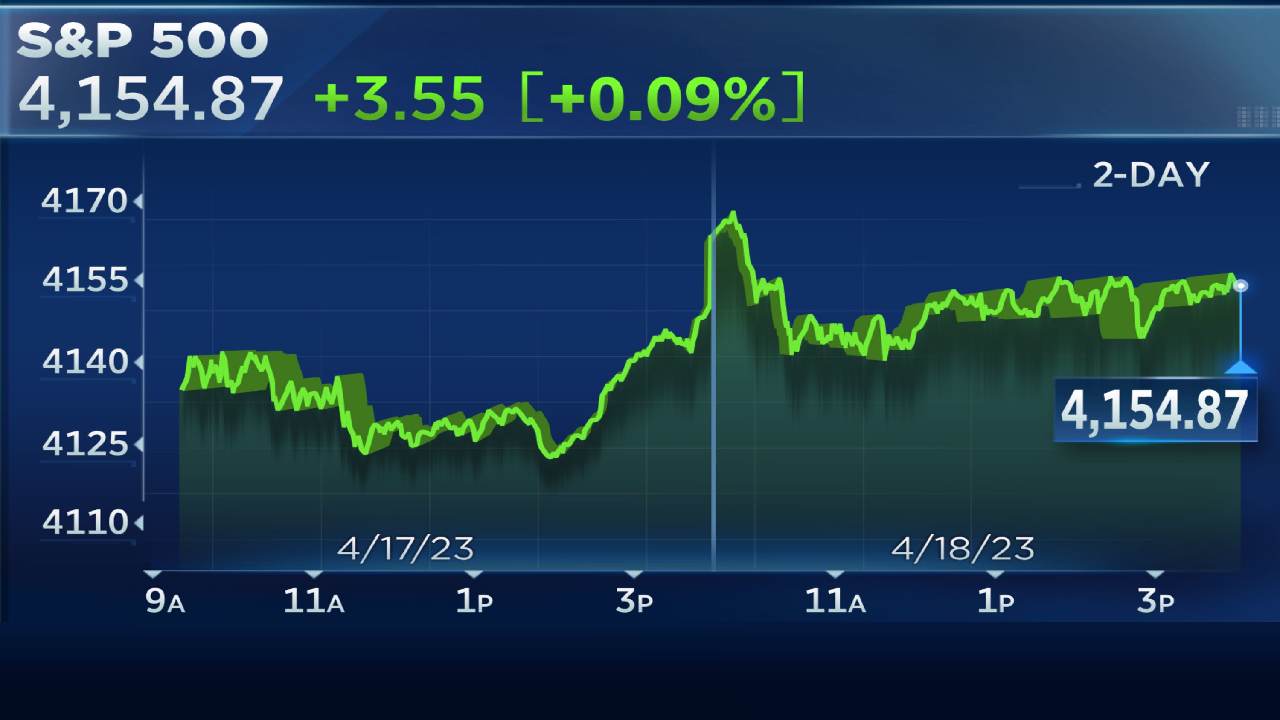India’s New Tax Plan Signals Rising National Consumption
Ohana Magazine – Prime Minister Narendra Modi recently unveiled an ambitious tax reform that captured significant attention. The plan focuses on restructuring India’s goods and services tax (GST) to simplify the system. By reducing the existing four-rate structure to just two — 5% and 18% — the government hopes to stimulate domestic demand. This move is seen as crucial, especially as global pressures and U.S. tariffs weigh heavily on India’s export market.
“Also read: South Korea Introduces Hologram Police Patrols“
Simplifying the GST Framework
Currently, India’s GST divides goods and services into four tax brackets: 5%, 12%, 18%, and 28%. Businesses often struggle to navigate these rates, creating inefficiencies and confusion. The proposed two-slab structure aims to eliminate that complexity. For consumers, the result would be cheaper prices on many products and services, ultimately encouraging greater household spending across the country.
A Response to U.S. Tariff Pressures
The reform comes at a time when the U.S. has imposed additional tariffs on Indian exports. These tariffs, reaching up to 50%, create a significant financial strain on Indian businesses. Modi’s government wants to soften the blow by making goods and services more affordable domestically. Increased household consumption could help balance the negative impact of export challenges.
Potential Economic Boost
Economists believe this reform could provide a meaningful lift to India’s economy. Standard Chartered Bank projects growth gains of 0.35 to 0.45 percentage points by March 2027. While this may seem modest, the effect on consumer confidence and business activity could be substantial. For many sectors, especially those in discretionary spending, a surge in demand could create a multiplier effect.
“Read more: Trump: China Won’t Attack Taiwan While I Am U.S. President“
Impact on Everyday Consumers
For ordinary Indians, this tax reform promises lower costs on essential items. Cheaper grocery bills, reduced prices on packaged foods, and potential tax relief on health and education services could change spending habits. Families may choose to upgrade insurance plans, buy better consumer goods, or increase travel and leisure activities. In a nation where private consumption makes up over 60% of GDP, such shifts hold enormous significance.
Generational Influence on Spending
India’s 600 million young adults are expected to play a critical role in shaping new consumption trends. Gen-Z and millennial consumers are eager to invest in travel, technology, and lifestyle upgrades. Many believe lower GST rates will allow them to shift from two-wheelers to cars or spend more on personal care and digital products. This demographic’s growing purchasing power could transform industries and further fuel the economy.
Challenges in Implementation
Despite the enthusiasm, hurdles remain. State governments fear revenue losses that could total $16 billion, and their approval is vital for reform. Political negotiations may slow implementation, even though Modi promised changes by Diwali 2025. Businesses also await clarity on whether inverted duty structures and compliance burdens will truly ease. The government must carefully balance political realities with economic urgency to ensure success.
Toward a Consumption-Driven Future
India’s economy has long relied on household consumption, and this tax reform underscores that reliance. If executed smoothly, the simplified GST structure will boost confidence, create jobs, and strengthen domestic demand. However, deeper reforms must follow to sustain momentum. The nation’s future growth depends not only on tax relief but also on job creation, policy stability, and coordinated action between government and central bank.













